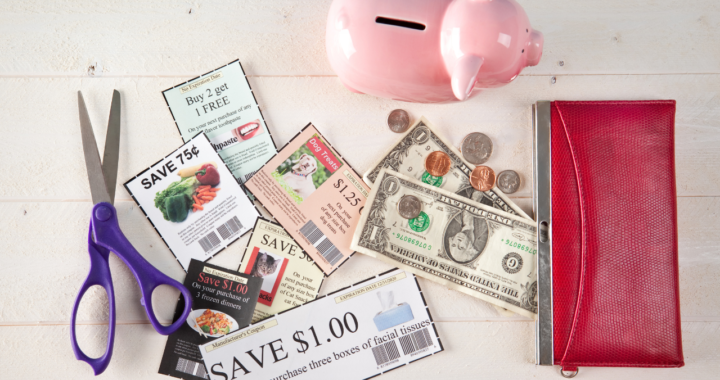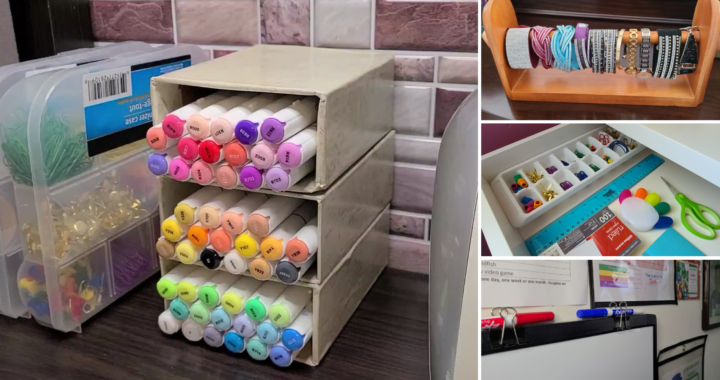If you’re new to this idea of living a frugal lifestyle and you’re finding that it’s a little bit overwhelming or you just don’t know where to begin, here are 5 primary steps for you to focus in on to help you get started. Throughout this journey of living on less you’ll find yourself repeating these steps over and over again because they are some of the foundational aspects of being able to manage your money with intelligence and intentionality.
1. Identify why you want to start living frugal.
Ask yourself why you need to make this change. Is it for peace of mind? To get out of debt? Do you want to save for retirement or some other future goal? Write this reason down essentially creating a personal and financial mission statement. This mission is what will keep you motivated when you feel like reverting back to old habits. When I first made my transition from being cheap to being frugal, I was 29 years old and living back at my parents’ house. My goal was to purchase a house of my own. But my real mission was to have a life I felt good about and that lived up to what I knew my potential was. I was able to move quickly in the right direction because I consistently kept my reason in the forefront of my mind. I recently heard these two quotes, “Reasons come before results.” And "The root of the word motivation is motive." Identify and write down your WHY and place it somewhere where you can be reminded of it on a regular basis. Download this Frugal Living Mission Worksheet to help you identify your WHY and write down your reason for living frugally.
2. Track your spending.
One of the key steps in becoming intentional with your finances and resources is knowing where your money is going. If you plainly lay it out, you’ll be able to see where you can make changes. I recommend that you track your spending for a 30-day period so you can see what you spend money on during the course of a month. The information you gather about your spending habits is going to inform how you set up your monthly budget.
HOW TO: Basically, each day, you’ll keep receipts or quickly go through your bank account and write down your purchases for the day. Then you’ll create categories for the purchases such as Auto & Gas, entertainment, groceries, clothing, etc. If you are a pencil and paper kind of person, you can download my Spending Tracker and Expense Categories sheet to help you in this process. Seeing exactly what you spend your money on will help you see what things you don't need and that are unnecessarily consuming your money. Then you can eliminate those things and begin to set limits on other things and this information will ultimately go into a budget. Download this Expense Tracker and the Expense Categories sheets to help get you started in this process.
3. Set a budget.
A budget sets boundaries. People don't always like the sound of the word budget because it sounds restricting. But the reason you want to make changes is because you were functioning without guidelines and it's gotten you to a place where you don't want to be. I don't mind the word budget, but maybe you can dress it up a bit, put it on a dry erase board or make it a game and call it your Wheel of Fortune! Or your Money Guide or Financial Plan. A budget by any name is still a budget. The beauty of creating a budget is that it serves as your overall financial plan for the month. It helps you stay on track and measure your progress toward your financial goals.
HOW TO: Download our Monthly Budget sheet. You will complete your budget by setting spending limits by categories. For example, after tracking your spending for 30 days, you discover that on average you spend about $70 per week on gas for the car plus you have a $150 car insurance bill. The amount you spend on gas is probably flexible - maybe you make unnecessary trips to the store or you drive faster than you should. Its an expense that you can reduce. You can decide to lower your gas spending to $60 per week, multiply it times 4, add on the $150 insurance bill and set your Gas/Auto budget to $390 for the month (assuming its a 4-week month). You will keep your monthly budget handy so you can remember how much you have allotted to spend on certain types of things. At the end of the month, you will come back and see if you stayed under or went over your budget. Your goal is stay under budget whenever possible because the extra money can be added to what you already have set for your savings each month or you can feel free to splurge on something pretty!
There are a variety of methods that you can choose for creating your budget from the particular layout of your sheet, to the rules you use to set limits. Trust me, you’ll most likely try a few different things before settling into the process that works best for you. But to get you started, you can download this free Monthly Budget Sheet from my resource library.
4. Spend less - Accept alternatives.
Use your spending tracker to see what you've been spending your money on and make a Swap List to see what alternatives you can use. If you currently have premium cable, reduce the features or ditch it altogether and just get Netflix or Disney plus or Prime. If you eat out for lunch 5 times a week, reduce it to only Fridays as an end of the workweek treat and pack simple lunches or leftover dinners on the other days. Do a store brand challenge - swap out the top brands at the grocery store for the store brand alternatives and see if you and your family like the new options. You'll find that many of them are just as good as your favorites. If you're like me, you can search through reviews on certain items before you make the switch to new brands. Ultimately, you want to make sure that you're comparing the prices though to make sure there's a real cost savings. Make sure you're getting a better cost per unit otherwise its not worth it to switch. But start by downloading and filling in this Swap List and give the alternatives a try.
5. Create more.
Look at your hands. What can they do for you? What is it that you can learn to do with your own hands that will allow you to spend less money. Look around your house. What can you recreate with the things right in your own living room. If you feel like you need to redecorate at home but it’ll be too costly, maybe you just need to rearrange and repurpose some of what you already have. Youtube is full of repurpose videos and DIY projects that you can use to help you save money. But in addition to helping you save money, scientific research shows that getting creative – no matter what your skill level – reduces stress and also induces positive health effects, including on the heart. So this time of transition doesn’t have to be stressful.
Just start by identifying your reason for wanting to live frugally, track your spending for 30 days, set your budget, find some alternatives for your current expenses and then seize the opportunity to make some things with your own hands.
There’s no telling what you’ll be able to come up with when you decide to spend less and create more! For some creative ideas that can save you money, check out this 15 Household Items to Repurpose video on my Youtube channel.



